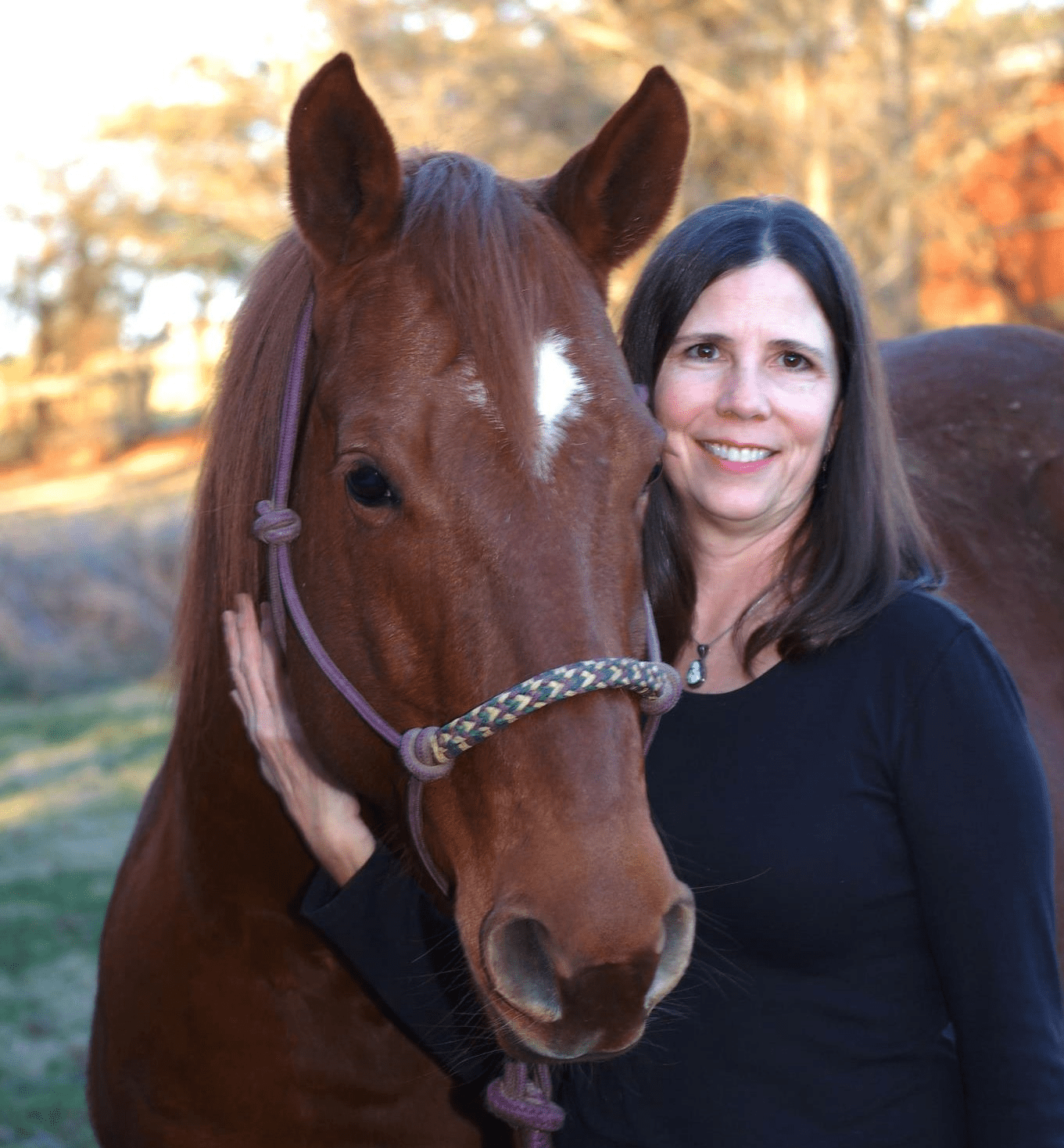AAEP’s Focus on Joints
The American Association of Equine Practitioners (AAEP) held its annual Focus meeting on July 22-24 at the Brown Hotel in Louisville, Ky., to commemorate the first gathering of the group 50 years ago at that site. A plaque was given to the hotel
The American Association of Equine Practitioners (AAEP) held its annual Focus meeting on July 22-24 at the Brown Hotel in Louisville, Ky., to commemorate the first gathering of the group 50 years ago at that site. A plaque was given to the hotel to hang outside the room where veterinarians met to form the AAEP. Two of those founding veterinarians attending meetings this year: Robert Copelan, DVM, and Alex Harthill, DVM, both of Kentucky.
This year’s Focus meeting was on equine joints, looking at epidemiologic studies, imaging, pathogenesis, biomarkers, treatment, and prevention. More than 300 veterinarians, researchers, and others pre-registered for the event that offered take-home messages and glimpses of what is on the horizon for the future with modern imaging and new treatment techniques.
One presentation by Larry Bramlage, DVM, MS, Dipl. ACVS, of Rood and Riddle Equine Hospital in Lexington, Ky., discussed the influence of month of foaling and location of osteochondrosis dissecans (OCD) lesions. When bones grow, an ossification or hardening process is involved–cartilage is turned into bone. Osteochondrosis occurs when this process is interrupted or assaulted in any way. The result can be lesions or pockets within the bone. These are spots where cartilage fails to convert into bone during the growing process and thus becomes a weak spot.
This spot can be responsible for a manifestation of the disease known as OCD, which is a “subset” of osteochondrosis. This condition affects the joint cartilage and often also involves the subchondral bone just beneath the cartilage surface. In OCD, the weakened spot of cartilage, or cartilage and bone, sometimes separates from the main bone. In most cases, however, the fragment remains loosely attached to the bone of origin, but the debris released into the joint from beneath the flap results in synovitis (joint inflammation), pain, and lameness
Create a free account with TheHorse.com to view this content.
TheHorse.com is home to thousands of free articles about horse health care. In order to access some of our exclusive free content, you must be signed into TheHorse.com.
Start your free account today!
Already have an account?
and continue reading.

Written by:
Kimberly S. Brown
Related Articles
Stay on top of the most recent Horse Health news with



















